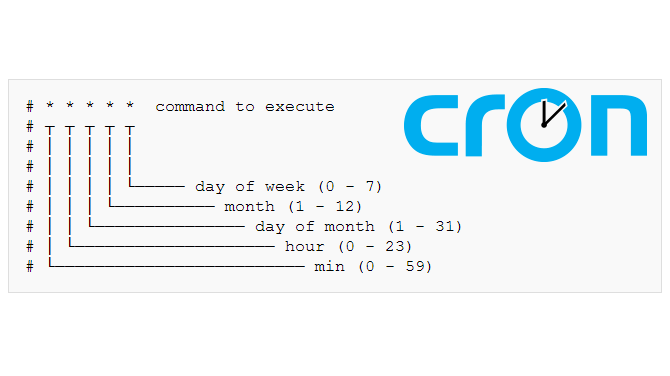Using cron for scheduling tasks in Golang
Publish: 2023-02-01 | Modify: 2023-02-01
Recently, I needed to execute a certain function at regular intervals during the development process. Since Golang is memory-resident, it is relatively easy to implement in Golang by using the third-party library github.com/robfig/cron. Let me record how to use this library.

Installation
The latest version of github.com/robfig/cron is 3.x. Use the following command to install this library:
go get github.com/robfig/cron/v3@v3.0.0Usage
Let's dive into the code:
package main
import (
"fmt"
"time"
"github.com/robfig/cron/v3"
)
func main() {
// Create an instance of cron job, use cron.WithSeconds() for second-level precision
c := cron.New(cron.WithSeconds())
// Add a cron job, execute every 2 seconds
c.AddFunc("*/2 * * * * *", func() {
fmt.Println("Hello, world!")
})
// Add a cron job, execute every 1 second, call the test function
c.AddFunc("*/1 * * * * *", test)
// Start the cron job
c.Start()
// Sleep the main thread for 10 seconds, otherwise the cron job will end when the main thread ends
time.Sleep(10 * time.Second)
}
func test() {
fmt.Println("Execute every second")
}In the above code, we passed cron.WithSeconds() as a parameter during initialization, indicating second-level precision, which means there are 6 time fields:
second minute hour day month weekIf you don't pass the cron.WithSeconds() parameter, it will be minute-level precision, which means there are 5 time fields:
minute hour day month weekYou can decide whether to use second-level precision based on your own business scenario.
Reference
Some of the content in this article is referenced from:
Comments

xiaoz
I come from China and I am a freelancer. I specialize in Linux operations, PHP, Golang, and front-end development. I have developed open-source projects such as Zdir, ImgURL, CCAA, and OneNav.
Random article
- Double Dan Welfare, Get Thunder VIP Membership for 1 Cent
- Get 40% off on RAKsmart VPS Series Products by completing the questionnaire
- Nodecache CDN First Experience, Register and Get 1TB Traffic, Hong Kong CDN Node Available
- Quick Start: Building the Ultimate Movie Watching Tool with Alist to Change Your Viewing Experience
- Zdir Update: Support for Office Online Preview
- 1 Yuan to Open Qiniu Cloud Hosting (1 Month)
- Easily Build Zdir File Sharing Program with Amazon Lightsail
- Viewing and Disabling Firewall (iptables) in Linux
- OneNav Bookmarks/Navigation May Promotion: Subscribe and Get AsBot Intelligent Assistant (Supports GPT-4)
- The Return of Refactored ImgURL 2.0